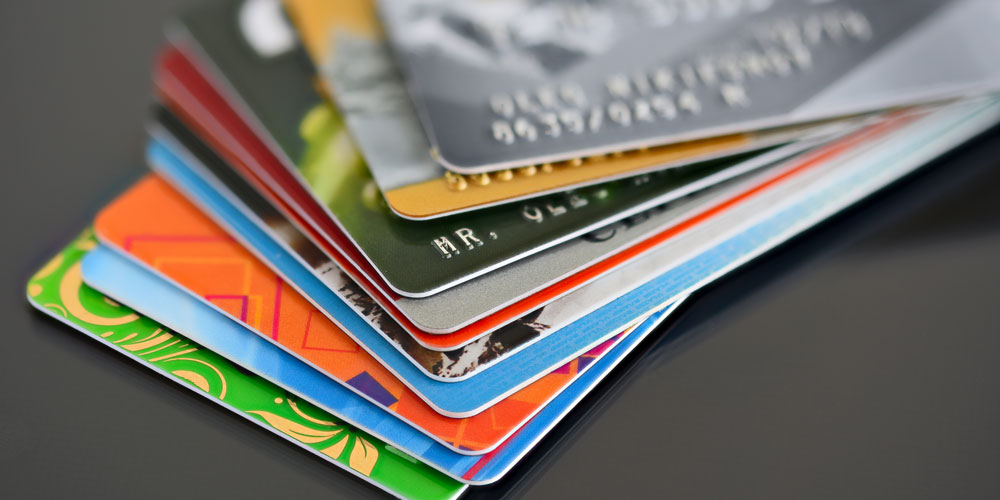In this article, we’ll provide a general overview of how credit cards work, as well as explain how cash advance credit card debt varies. We’ll explain how credit repair companies in Austin, Texas can be used to correct errors that may be weighing down your credit score or help you understand how to remove student loans from your credit report.
How Do Credit Cards Work?
A credit card is like a loan from a bank in that it has a credit limit. The key difference is if you do not make any purchases, there is no payment to make because you haven’t “borrowed” any money yet.
When a purchase is made using a credit card, you are responsible for paying that amount back to the credit card company. If you pay the entire amount that you owe before the due date, you will not be charged any interest. However, if you only pay some of the amount due, you will be charged interest on the amount still owed. This is typically done monthly.
Let’s say that you have an annual interest rate (APR or Annual Percentage Rate) of 12%. This means for every $100 you borrow, at the end of the year, you will pay $112 to the bank. Now that we understand this, let’s say you use your credit card to buy a new laptop for $1,200. When the due date for payment comes, you pay $200–this leaves $1,000 left over. The credit card company will then charge monthly interest on that amount. In this case, a 12% annual interest rate means each month is 1% interest because there are twelve months in a year. Now, if you don’t buy anything else, next month you will owe 1% interest on that $1,000, which is $10. So, when next month’s bill comes, it will show that you owe $1,010.
The Higher Cost of Cash Advances
Cash advances are slightly different; the average interest rate mentioned above of 12% does not apply here. Typically, cash advances are charged at a higher interest rate, usually something like 18% to 25%, depending on your credit score. The reason for this is because the bank believes that if you take cash, you are using it for essentials like making a car payment or a rent payment and are therefore at higher risk of not repaying the amount borrowed, whereas if you buy something like a new computer, it figures that you can’t afford the cost upfront and will be able to pay it off over time.
Furthermore, with cash advances, the interest starts accruing immediately, rather than after the grace period of the due date. There is typically a percentage fee that is immediately added to the cash advance balance. Say it’s 3%–if you get a cash advance of $1,000, you are actually being charged $1,030.
When you make a payment toward your credit card, any amount over the minimum payment will be applied to the highest interest rate items first. This means that by paying more than the minimum, you’ll be paying down that cash advance before the other items at a lower interest rate. This is actually a good thing because you are eliminating high-interest debt faster. Every credit card company has its own rules regarding cash advances—you should read the fine print very carefully and call your credit card company if you have any questions.
How Credit Repair Can Help
If you find that banks are unwilling to loan you money or are charging high interest rates, it may be time to find out why by obtaining a copy of your credit report. If there are any errors on your credit report, you can talk to a credit repair expert, such as those at The Phenix Group, about having these inaccuracies excised or removing foreclosures from your credit report. This can help raise your credit score and allow you to obtain lower interest rates for all your financial needs.

